Before you startBefore you can start using the alerts, make sure to install the dbt package, configure a profile and install the CLI.
This is required for the alerts to work.
Create a new Team
Create a new Team
Create a new Team
Go to the Microsoft Teams desktop app and create a new team. Create a team from from a template and use the
Create a team from from a template and use the From Scratch template. Choose
Choose Public as the kind of a team. Call it
Call it Elementary (or whatever you prefer) and connect it to the workspace of your choice.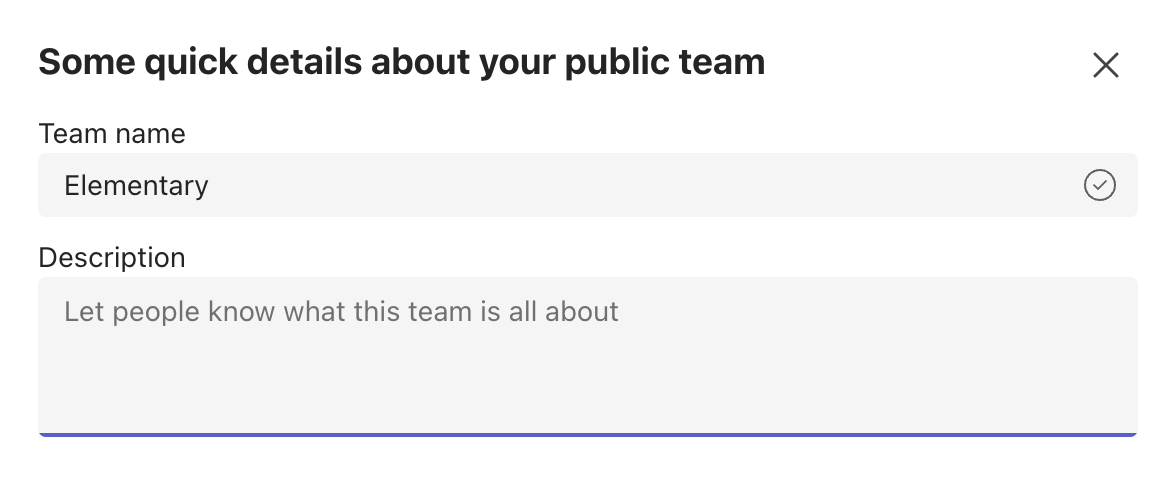
Create Teams Webhook
Create Teams Webhook
Create a webhook
Go to a channel in your Team and chooseManage channel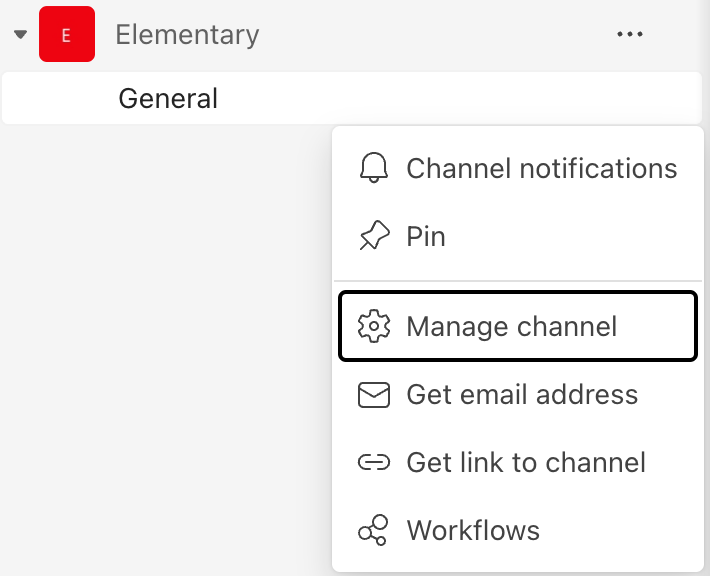 Choose
Choose Edit connectors. Search for
Search for Incoming webhook and choose Add.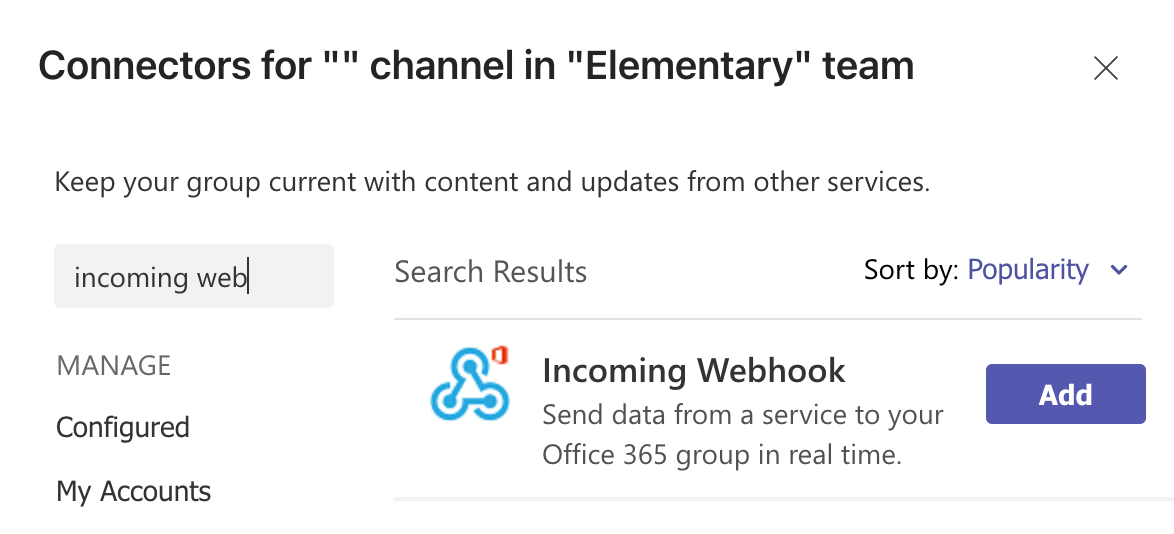 Choose
Choose Add again and add name your webhook ElementaryWebhook (or whatever you prefer). And Create the webhook.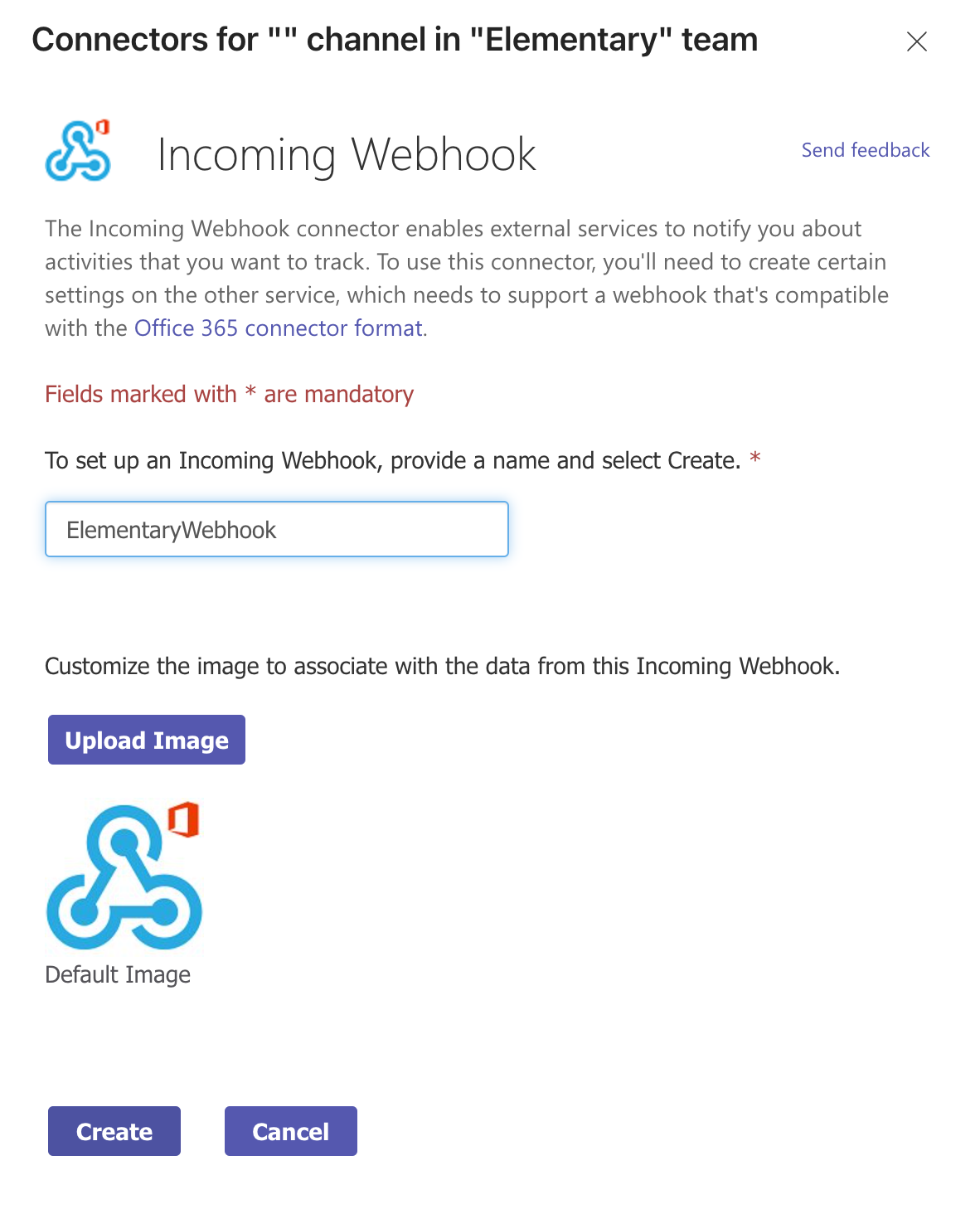 Copy the URL of the webhook.
Copy the URL of the webhook.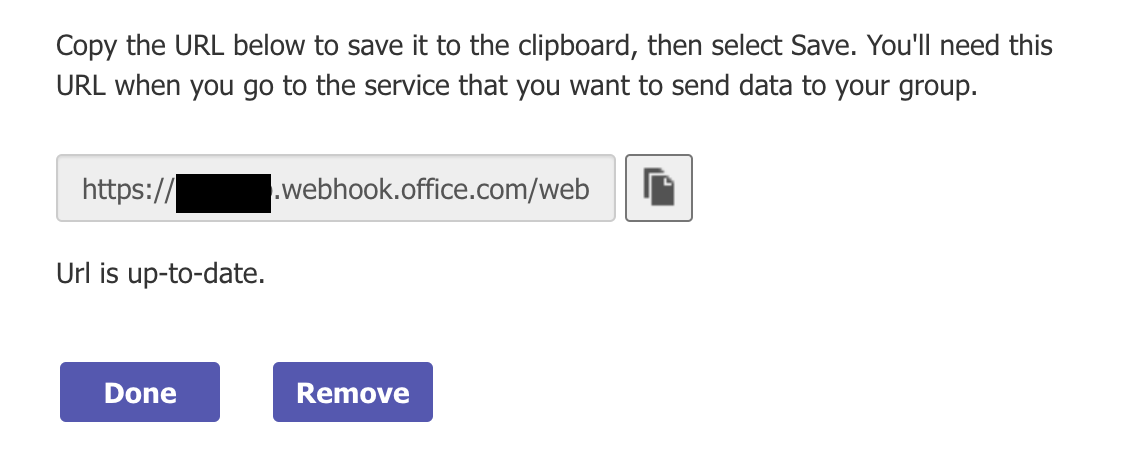
config.yml file:
Teams config as CLI params
Teams config as CLI params
Teams config as in config.yml
Teams config as in config.yml
The CLI reads the Teams integration from a file, copy it into a file called config.yml.
Create it here:
HOME_DIR/.edr/config.ymlHere is the format in the yml itself:Webhook:
config.yml
Execute the CLI
Make sure to run the following command after your dbt runs and tests:edr monitor if you used config.yml.
Alert on source freshness failures
Not supported in dbt cloud To alert on source freshness, you will need to runedr run-operation upload-source-freshness right after each execution of dbt source freshness.
This operation will upload the results to a table, and the execution of edr monitor will send the actual alert.
- Note that
dbt source freshnessandupload-source-freshnessneeds to run from the same machine. - Note that
upload-source-freshnessrequires passing--project-dirargument.

